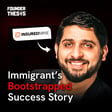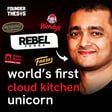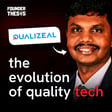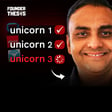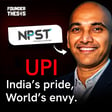
Making Indian Exporters Win | Sanjay Bhatia @ Freightwalla
The international logistics industry is a critical enabler of global trade and commerce. In India, it is around 13% of GDP. However, in this era of technology and digitization, most of the activities of this industry are handled in traditional ways, which are not only time consuming but also prone to errors.
In this edition of Founder Thesis, Akshay Datt speaks with Sanjay Bhatia, Co-founder and CEO, Freightwalla, a full-stack digital platform where businesses can plan, book and manage their international freight shipments online.
Sanjay has previously worked with PWC as a strategy consultant. Here, he closely observed the issues faced by the logistics industry. While working for Solera Partners and Everstone Capital, he came across various technologies that could potentially solve numerous problems businesses face in this industry. He started Freightwalla in 2016 with a mission to bring transparency and simplicity to the import-export process.
Tune in to this episode to hear Sanjay speak about how Freightwalla, with its unique digital solutions, is transforming international maritime logistics.
What you must not miss!
- Digitising the entire logistics process
- How to work towards achieving the best customer service?
- The roadmap to the future

